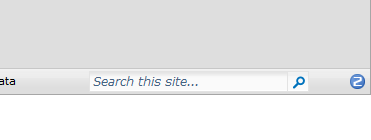This one is not my script, but it's too useful not to share. I ran into an issue while trying to move from a source of SQL 2008 to a destination of SQL 2008 R2 that my restore failed because the file paths were not the same. So I used this script to generate the backup and restore commands. SET NOCOUNT ON DECLARE @Table TABLE (LogicalName varchar(128),[PhysicalName] varchar(128), [Type] varchar, [FileGroupName] varchar(128), [Size] varchar(128), [MaxSize] varchar(128), [FileId]varchar(128), [CreateLSN]varchar(128), [DropLSN]varchar(128), [UniqueId]varchar(128), [ReadOnlyLSN]varchar(128), [ReadWriteLSN]varchar(128), [BackupSizeInBytes]varchar(128), [SourceBlockSize]varchar(128), [FileGroupId]varchar(128), [LogGroupGUID]varchar(128), [DifferentialBaseLSN]varchar(128), [DifferentialBaseGUID]varchar(128), [IsReadOnly]varchar(128), [IsPresent]v...




